Two in series, stood vertically:
If you have vertical room you can place two resistors in series by standing them on the pads tombstone style and joining across the tops. It's likely that this will have similar wattage rating to two of the originals and possibly more as the resistors are further clear of the board surface. Working against this is that there is less cooling per resistor by conduction to the board copper, which is a significant cooling path.
If you stand the two resistors clear of each other with a wire bridge between them each could have substantially more access to cooling air than they have when lying flat.
Add a heatsink:
I've done similar to this on occasions with through hole components, with good results.
I've never seen it done with SMD resistors, but it would be easy to add an "ad hoc" heatsink by soldering copper wire of shim to the ends. I'd expect this to add significantly to the power ratings.
Use a 0.5 Watt SFR16 through hole resistor with formed leads.
The 0.5 Watt rated SFR16 through-hole metal film resistors have a 3.2 mm long x 1.9 mm wide body length and the wires can be formed back under the body so it produces contacts which fit 0805 pads correctly with the resistor aligned in any of a number of ways to suit the mechanical situation.
eg the resistor can be stood vertically so it has about 3.5mm height or fitted over the pad horizontally or out to one side.
SFR16 ~= "1308" compared to the original 0805 but the leads allow forming to fit any of a wide range of pad sizes and body irientations.
An 0805 = 0.080 " x 0.050" =~ 2mm x 1.25mm
An SFR16 ~= 0.14 x 0.08 = 3.4 x 1.9 mm

The (originally Philips made) SFR16 resistor is about the same physical size as a 1/8th Watt typical through hole part but which is rated at 0.5 Watt dissipation. SFR16 datasheet here - 3.2 mm body length
The diagram below demonstrates that for the SFR16, radiation and convection from the body and leads forms a significant part of the heat dissipation system. The PCB mounting point temperature decreases with increasing lead length


